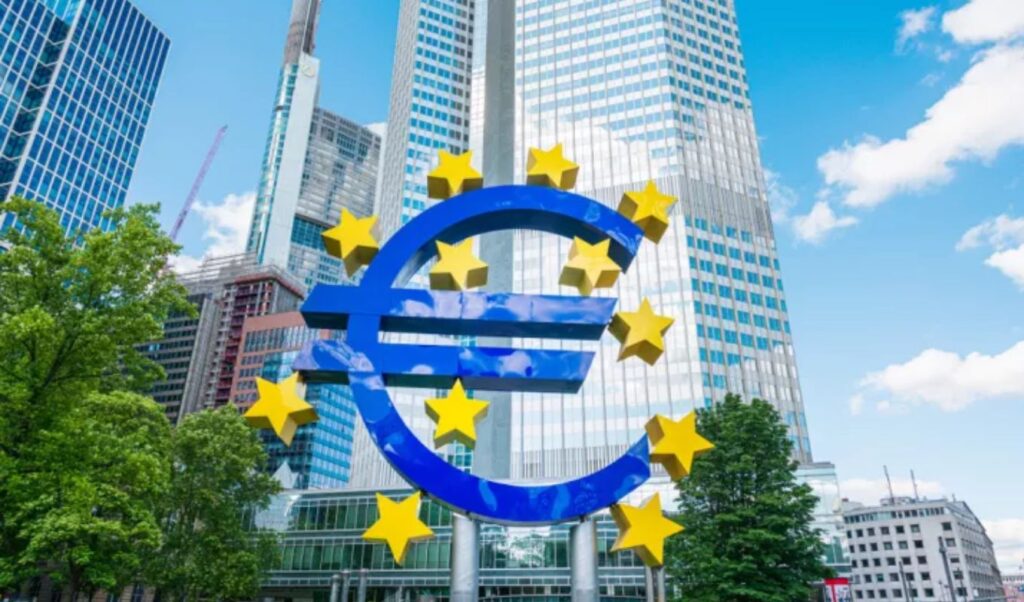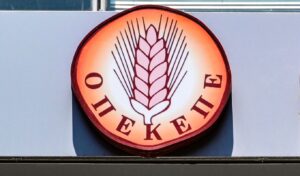The European Central Bank is bringing the curtain down on interest rate cuts after 8 consecutive reductions. With inflation moving around the 2% level, the ECB has achieved its primary target and now has room to assess the eurozone economy’s trajectory, particularly the impact from tariffs on European products exported to the US following last Sunday’s trade agreement.
ECB forecasts for inflation and growth outlook
European sources indicate that only if there’s a strong downward slowdown in the eurozone due to tariffs, the ECB might consider a new 0.25 percentage point interest rate cut in December. However, this is not considered the likely scenario.
Frankfurt’s view of the Europe-US trade agreement can be summarized as “the lesser of two evils,” given that 15% tariffs represent a much smaller burden than the 30% tariffs Donald Trump had threatened. On the other hand, it’s considered certain that there will be impact on key sectors of European industry, though the extent and depth cannot yet be assessed.
Therefore, for now the ECB will not modify its forecasts for inflation and growth trajectory. Inflation is estimated to move at 2% this year and decline to lower levels in 2026. Growth is projected to move at a 0.9% pace in 2025 and rise to 1.1% the following year.
Eurostat data published this week showed that in the second quarter of the year, the eurozone responded without losses to the climate of international economic turbulence caused throughout the previous period by Trump’s tariff announcements. Growth recorded a 0.1% increase in Q2 compared to the previous quarter, while on an annual basis it moved at a 1.4% rate.
However, tariffs have not yet left their full imprint on the European economy, something expected to become apparent in the coming months, while concerns remain about the weak and fragile growth rates displayed overall by the eurozone, mainly its largest economies. It’s indicative that Germany recorded negative growth of 0.1% in Q2 this year compared to Q1 (0.4% annually), Italy also moved negatively (-0.1%) in the second quarter relative to the first (0.4% annually), while France moved marginally into positive territory (0.3%) in the quarterly comparison and at a 0.7% annual rate.




